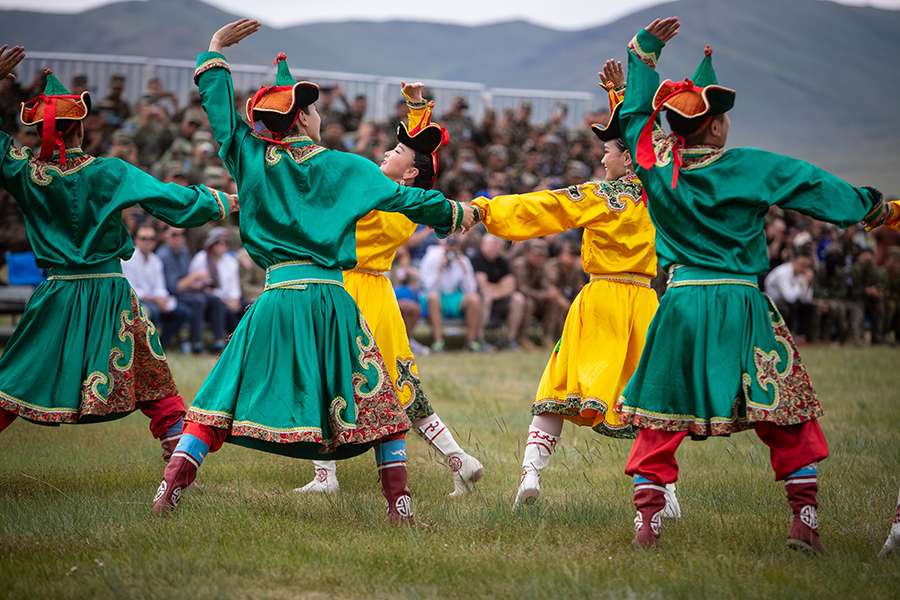Mongolian dances are an important part of the country’s cultural heritage. They are known for their vibrant, energetic movements and colorful costumes. Mongolian dances are often inspired by the country’s nomadic lifestyle, and many tell stories of the natural world, such as the movements of animals or the changing of the seasons.
What are the most popular traditional dances in Mongolia?
Some popular Mongolian dances include the Biyelgee, the Khubsugtyn, and the Tsam Dance. These dances are often performed at festivals and other cultural events, and they are a source of pride for many Mongolians.
What is the significance of traditional dances in Mongolian culture?
Traditional dances play a significant role in Mongolian culture. They are not only a form of entertainment but also a way to express and preserve their rich cultural heritage. Here are some key points about the significance of traditional dances in Mongolian culture:
1. Cultural Identity: Traditional dances are an essential part of Mongolian identity. They reflect the history, traditions, and values of the Mongolian people, helping to maintain and pass down their unique cultural heritage to future generations.
2. Connection to Nature: Many traditional Mongolian dances are inspired by the country’s vast landscapes and the nomadic way of life. Through these dances, Mongolians celebrate their deep connection to nature, including the grasslands, mountains, and animals.
3. Rituals and Festivals: Traditional dances are often performed during important rituals and festivals in Mongolia. These dances are believed to bring good luck, prosperity, and spiritual blessings to the participants and the community as a whole.
4. Storytelling: Traditional dances in Mongolia often tell stories or depict historical events. They serve as a visual narrative, conveying messages and emotions through graceful movements, costumes, and music. These dances help preserve oral traditions and historical knowledge.
5. Social Bonding: Traditional dances provide a platform for social interaction and community bonding. They are often performed in groups, fostering a sense of unity and cooperation among participants. Dances are also used as a means of courtship and courtship rituals in Mongolian culture.
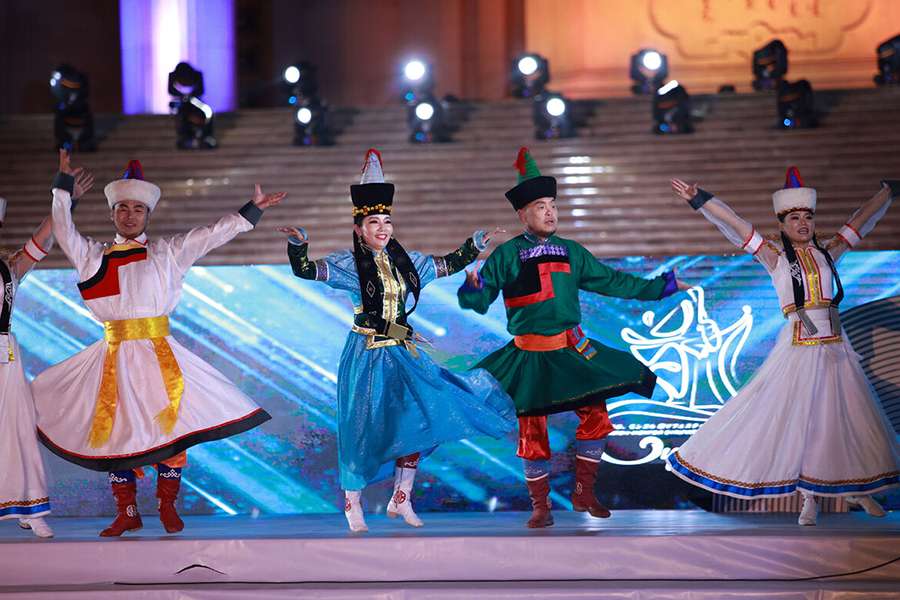
What are some of the ways that traditional dances are being preserved and promoted in Mongolia?
Traditional dances in Mongolia are an important part of the country’s cultural heritage. To preserve and promote these dances, various efforts have been made in Mongolia. Here are some of the ways traditional dances are being preserved and promoted:
1. Cultural Institutions: The Mongolian government has established cultural institutions like the Mongolian State Academic Theater of Opera and Ballet, which actively promote traditional dances through performances and events.
2. Dance Festivals: Mongolia hosts numerous dance festivals that showcase traditional dances. These festivals provide a platform for dancers from different regions to come together and share their cultural heritage.
3. Dance Competitions: Dance competitions are organized at both national and regional levels in Mongolia. These competitions encourage young dancers to learn and perform traditional dances, thereby keeping the art form alive.
4. Dance Schools: Many dance schools in Mongolia offer training in traditional dances. These schools play a crucial role in passing down the knowledge and techniques of traditional dances to younger generations.
5. Cultural Exchange Programs: Through cultural exchange programs, Mongolian traditional dancers have the opportunity to travel abroad and perform internationally. This helps promote Mongolian traditional dances on a global scale.
6. Documentation and Research: Scholars and researchers in Mongolia document and study traditional dances, ensuring that their history, techniques, and costumes are preserved for future generations.
7. Community Involvement: Local communities in Mongolia actively participate in preserving and promoting traditional dances. They organize community events, workshops, and performances to keep the traditions alive.
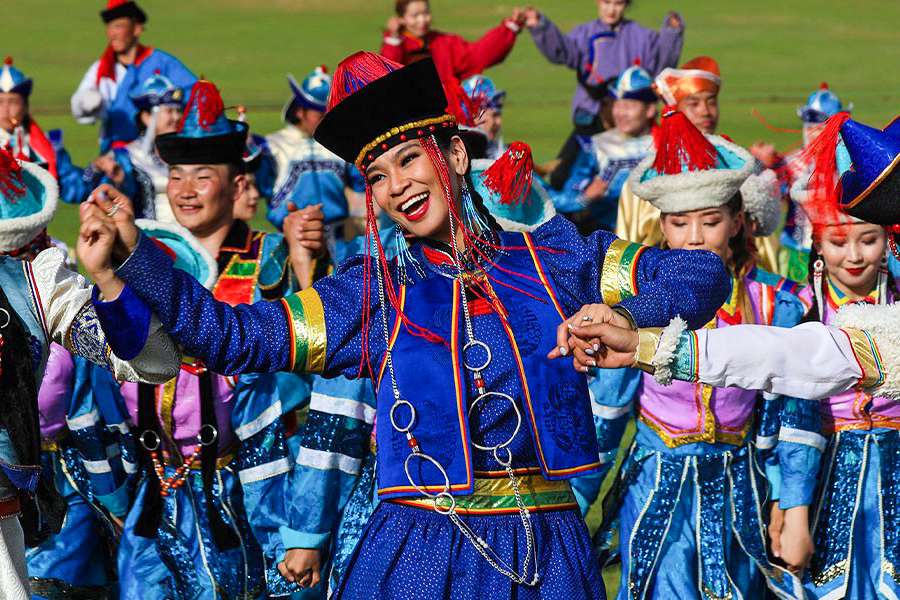
Mongolia Dances
Biyelgee Dance – Mongolian Traditional Dance
The most popular Biyelgee Mongolian dance is performed by both men and women. The dance is characterized by its fast-paced, energetic movements and its use of traditional Mongolian instruments.
What is the history of Biyelgee Mongolian dances?
Biyelgee is a traditional Mongolian dance form that has been practiced for centuries. It is a unique combination of dance, music, and storytelling, often performed during celebrations, festivals, and special occasions in Mongolia.
The history of Biyelgee can be traced back to the time of the Mongol Empire, which existed from the 13th to the 14th centuries. During this period, dance and music played an important role in Mongolian culture and society. Biyelgee was initially performed by nomadic herders as a form of entertainment and as a way to express their joy and happiness.
Over time, Biyelgee evolved and incorporated elements from different Mongolian ethnic groups, resulting in various styles and variations. Each ethnic group added their own unique movements, costumes, and music to the dance form, making it diverse and rich in cultural significance.
During the 20th century, when Mongolia went through significant political and social changes, Biyelgee faced a decline in popularity. However, efforts were made to revive and preserve this traditional dance form. Today, Biyelgee is recognized as an important part of Mongolian cultural heritage and is performed by professional dancers as well as amateurs.
Biyelgee dances are characterized by intricate footwork, graceful movements, and expressive gestures. The dancers wear colorful traditional costumes, often adorned with elaborate embroidery and accessories. The music accompanying the dance is usually played using traditional Mongolian instruments such as the morin khuur (horsehead fiddle) and the yoochin (dulcimer).
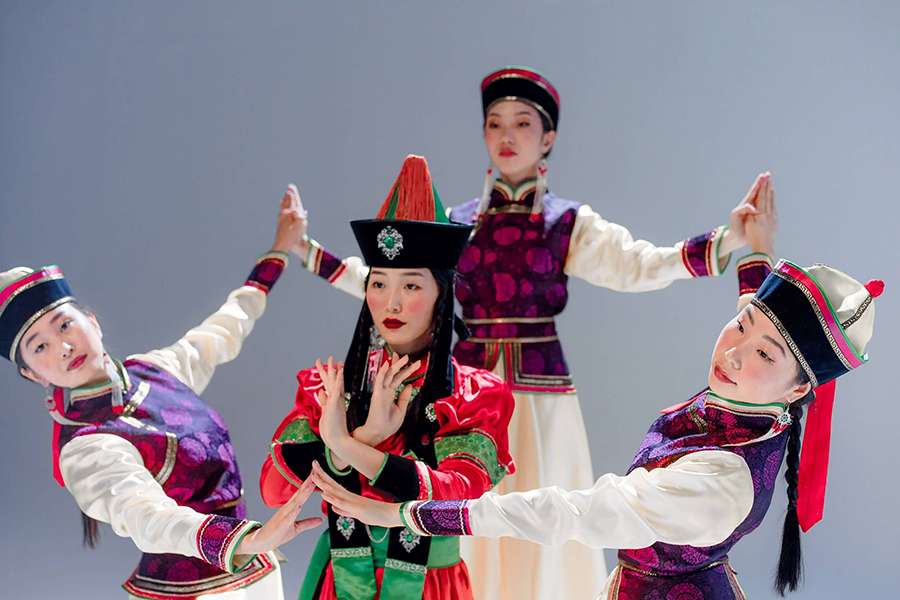
What is the significance of Biyelgee Mongolian dances in Mongolian culture?
Biyelgee is a traditional dance form that holds great significance in Mongolian culture. It is a type of folk dance that originated in Mongolia and is considered an integral part of the country’s cultural heritage.
The significance of Biyelgee dances lies in their ability to depict various aspects of Mongolian life and traditions. These dances often tell stories and convey emotions through graceful movements, rhythmic footwork, and intricate hand gestures. They are known for their vibrant costumes, lively music, and energetic performances.
Biyelgee dances are not only a form of entertainment but also serve as a means of preserving and promoting Mongolian culture. They are often performed during festivals, celebrations, and special occasions, showcasing the rich cultural heritage of the Mongolian people.
Moreover, Biyelgee dances play a role in strengthening community bonds and fostering a sense of unity among the Mongolian people. They provide a platform for individuals to come together, express themselves, and celebrate their shared traditions.
Overall, Biyelgee Mongolian dances hold deep cultural significance in Mongolian society. They are a cherished art form that reflects the history, values, and identity of the Mongolian people.
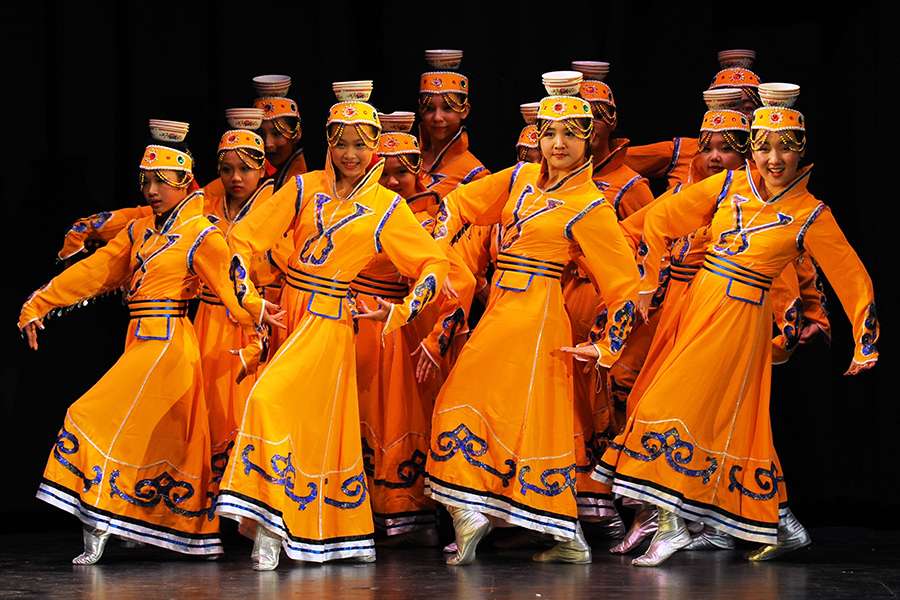
Tsam Dance in Mongolia
The Tsam dance is a sacred masked dance performed by Tibetan and Mongolian Buddhist monks. It is believed to have originated in the 11th century and is performed during religious festivals and ceremonies. The dance is characterized by its elaborate costumes and masks, which are often made of silk and brocade. The dancers wear colorful headdresses and masks that represent various deities and animals. The dance is accompanied by traditional Tibetan and Mongolian music.
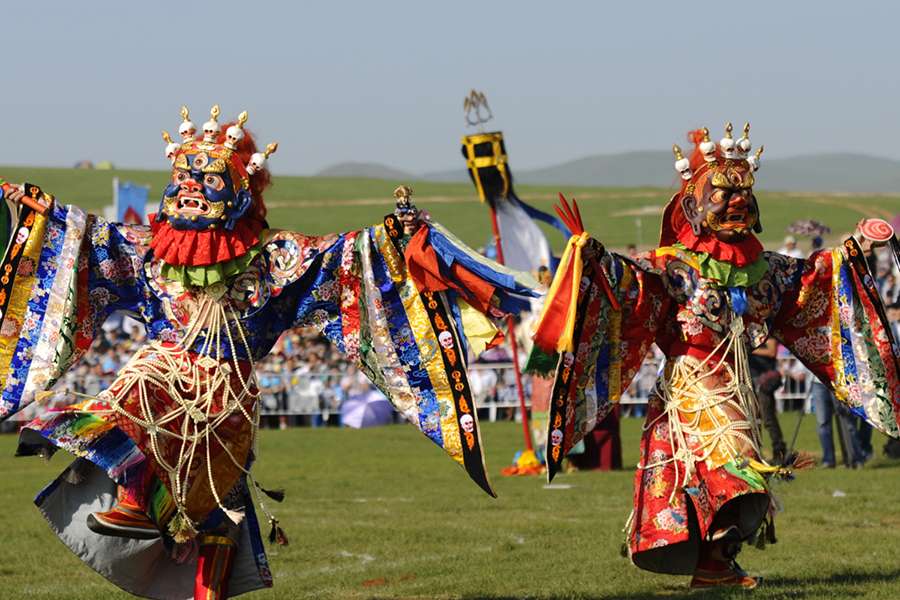
What is the purpose of the Tsam dance?
The Tsam dance, also known as the Cham dance, is a traditional masked dance that originated in Tibet and is also performed in Mongolia. It holds great cultural and religious significance in Tibetan Buddhism.
The purpose of the Tsam dance is multi-fold. First, it serves as a form of spiritual practice and meditation for the performers. Through the intricate movements, gestures, and visualizations, the dancers aim to embody and channel the deities or enlightened beings they represent. This helps them cultivate inner qualities such as compassion, wisdom, and power.
Secondly, the Tsam dance is performed during religious festivals and ceremonies. It is believed to appease and subdue malevolent spirits and forces that may hinder spiritual progress or bring harm to the community. The masks worn by the dancers symbolize various deities, demons, and spirits, representing different aspects of Buddhist cosmology.
Furthermore, the Tsam dance plays a significant role in transmitting Buddhist teachings and moral values to the community. It serves as a visual and symbolic representation of Buddhist stories, myths, and philosophical concepts. By witnessing the dance, spectators are reminded of Buddhist principles and are inspired to cultivate virtuous qualities in their own lives.

